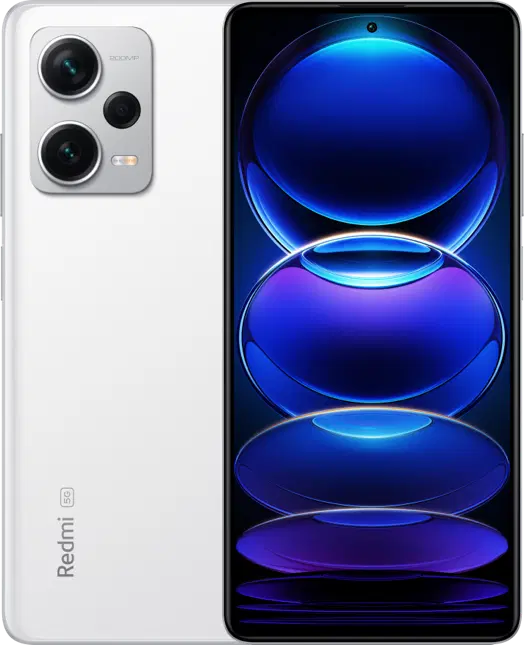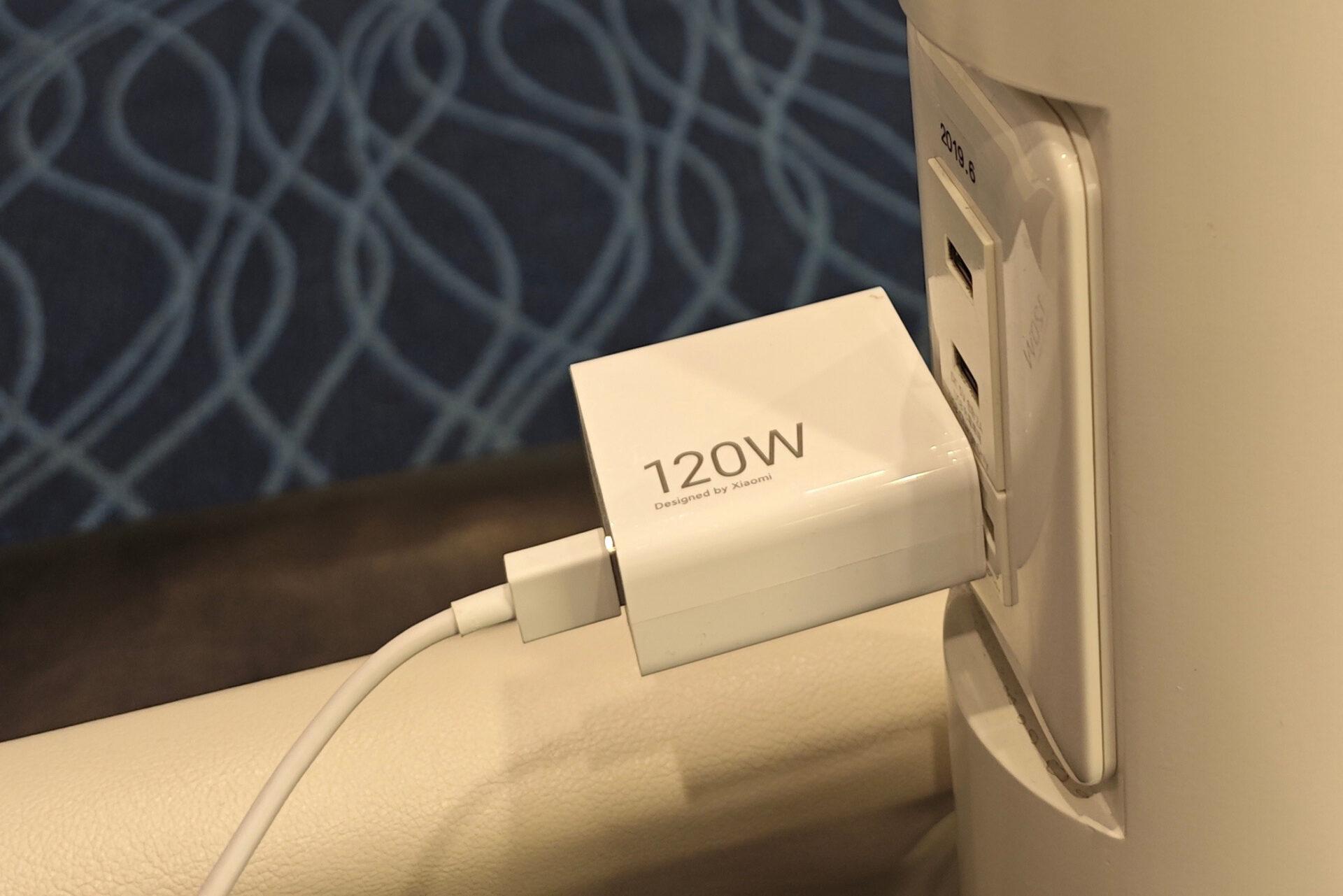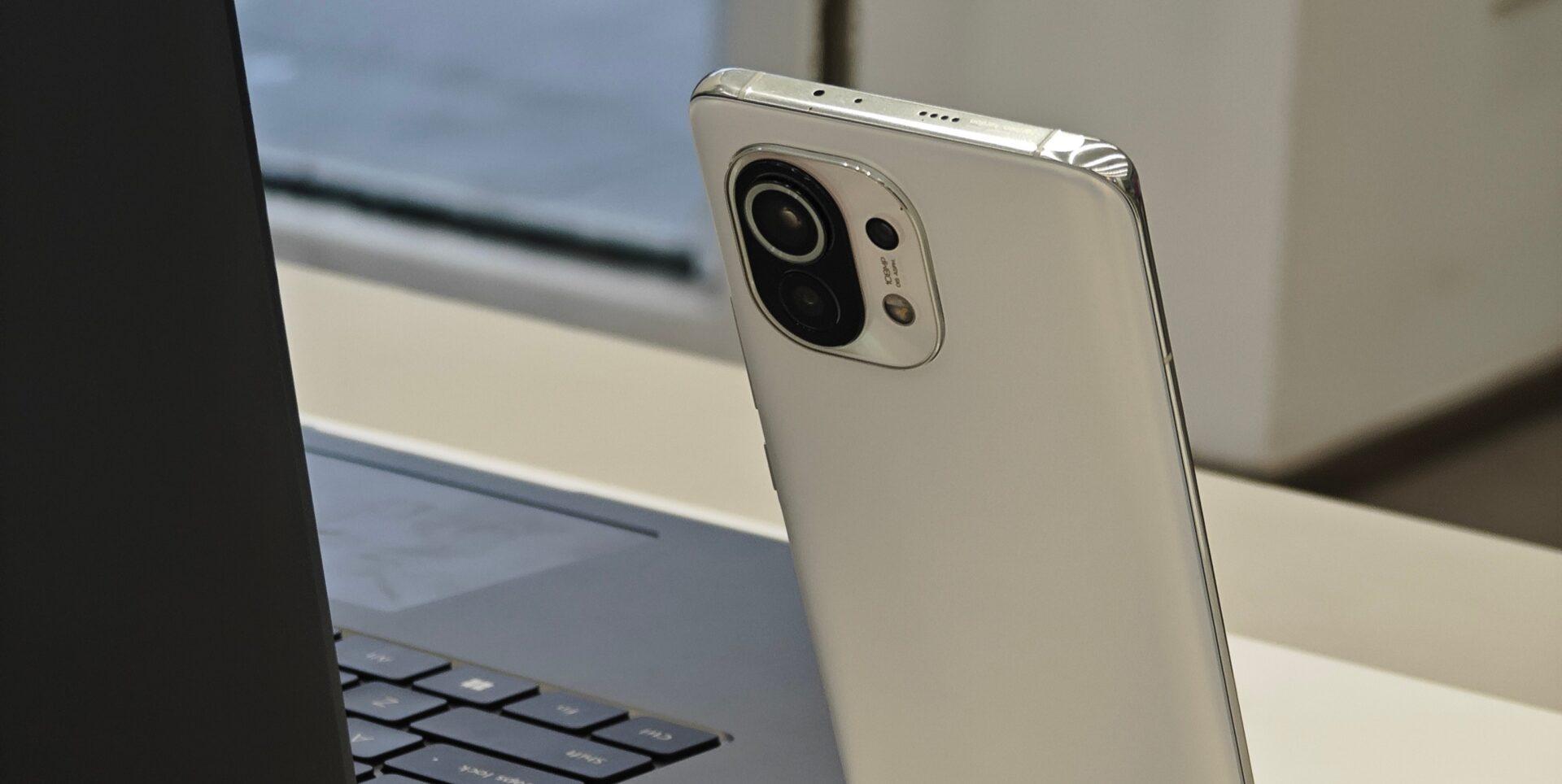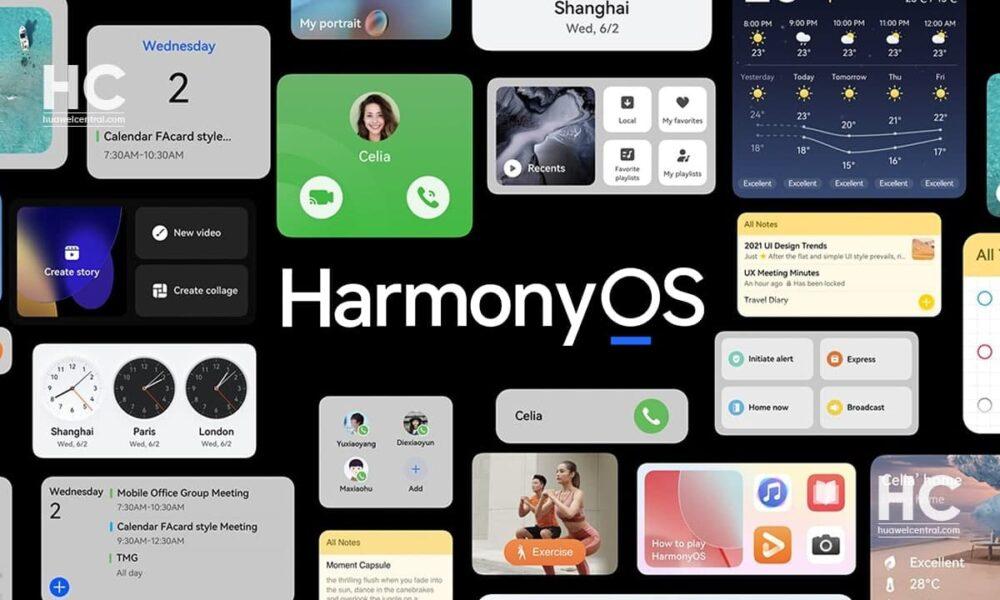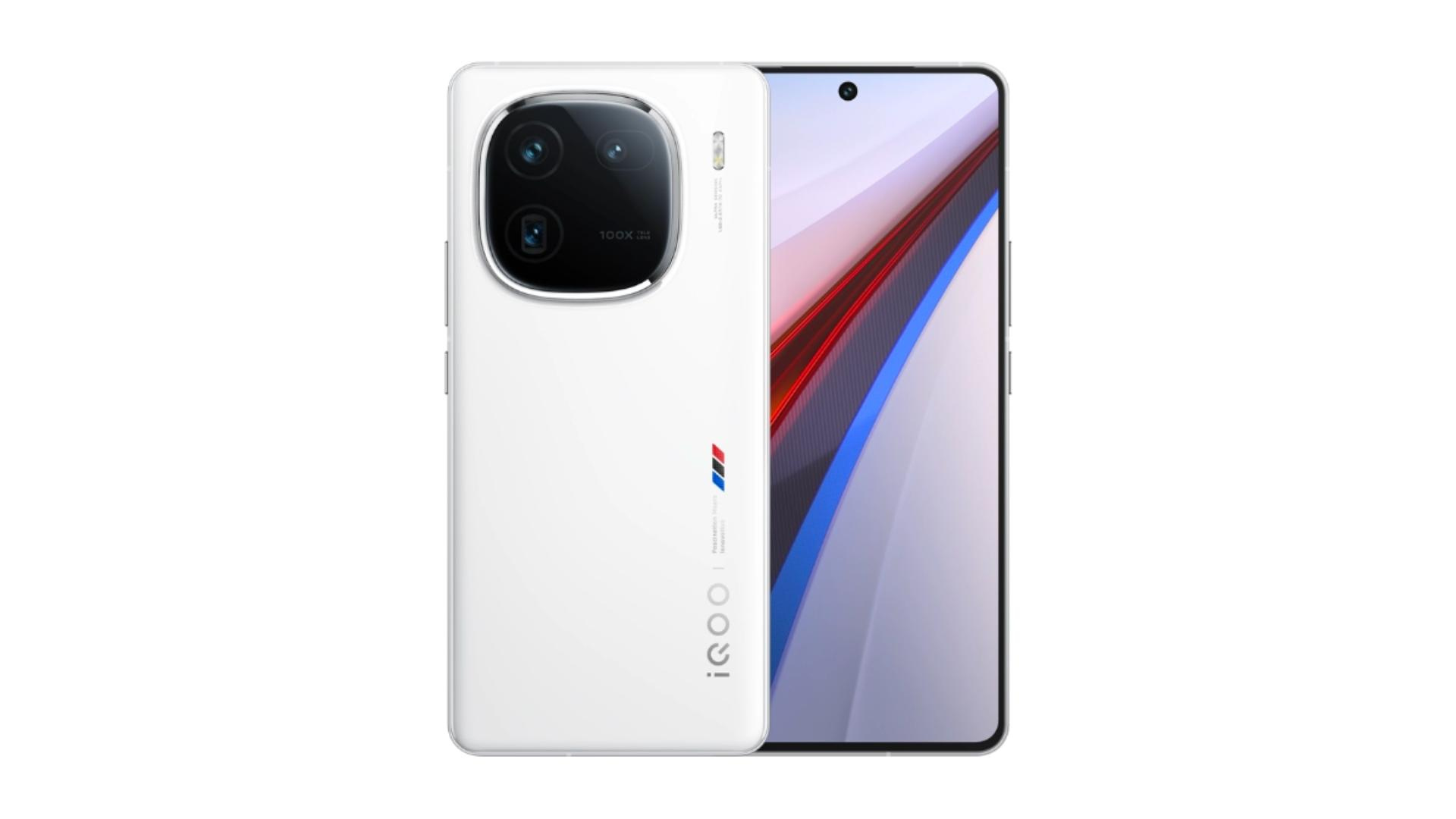The Android smartphone market with manufacturers introducing new models each year is constantly evolving. Android OEMs make wide range of devices so the customers can buy a device based on their budget. However, the abundance of choices can sometimes confuse users. Take Xiaomi, for instance, they have 2 different subbrands. Xiaomi owns Redmi and POCO brands and these subbrands have different models at different categories.
In this article, we explore a common dilemma faced by smartphone buyers: whether to invest in an old flagship or opt for a new midrange device. Our focus today is on Xiaomi Mi 11 and Redmi Note 12 Pro+, two smartphones that share a similar price point.
We have picked Note 12 Pro+ and Mi 11 because both of these phones are similarly priced. While it’s already hard to buy the Mi 11 as brand new, if you prefer to buy an old flagship, you will most likely buy a used device. We got the prices of both devices from a popular second-hand site in Greece and the official Xiaomi retail shop of Xiaomi Greece. The second hand Mi 11 and the brand new Note 12 Pro+ are priced similarly. Let’s see what these devices have to offer.
Performance
For gamers and power users, the clear choice is an old flagship like Mi 11, which boasts a more powerful GPU and overall CPU performance. Mi 11’s Snapdragon 888, equipped with the Cortex-X1 performance core, outperforms Note 12 Pro+’s Dimensity 1080, especially in demanding tasks.
Dimensity 1080 has 2x Cortex-A78 and 6x Cortex-A55 cores. Snapdragon 888, on the other hand, has 3x Cortex-A78, 4x Cortex-A55, and an additional 1x Cortex-X1. If you pay attention, both Snapdragon 888 and Dimensity 1080 have same Cortex-A78 and Cortex-A55 cores at different quantities and clock speeds.
In fact, today’s midrange chipsets have cores similar to flagship chipsets from two years ago, but they still lack the performance core. The core configurations of Dimensity 1080 and Snapdragon 888 are similar but it is the Cortex-X1 core that sets the latter apart, providing the much-needed performance boost. What also matters in the smartphone performance is the speed of storage unit, Note 12 Pro+ has UFS 2.2 while Mi 11 comes with UFS 3.1 storage unit which is much more faster than the UFS 2.2.
Battery
Chinese smartphone manufacturers have made a huge innovation in the battery department recently, so if you perform simple tasks on the phone but use the device a lot, you should be buying a new midranger device. Redmi Note 12 Pro+ features 120W fast charging technology that can go from 0 to 100% in just 20 minutes.
Mi 11 is actually not bad in terms of fast charging since it supports 55W fast charging, but we can easily say that 120W is much faster and convenient. We mentioned that you should go for a midrange device when it comes to the battery for the charging speed, but this is something we’ve commonly seen in Chinese OEM’s phones. For example, even Samsung’s flagship phones can’t compete with Chinese phones in terms of fast charging. The 2023 flagship S23 Ultra has 45W fast charging, while the 2021 flagship Mi 11 has 55W fast charging. You should pick a device wisely for your needs because there are midrangers in the market still charging at a slow rate of 25W in 2023, like the Galaxy A54, a 2023 midranger.
Display & Design
The design and display can be one of the biggest differences between a midrange device and a flagship device. Both Mi 11 and Note 12 Pro+ have OLED displays running at a 120Hz refresh rate, but the difference between them is huge.
Mi 11 has a QHD display, while Note 12 Pro+ has an FHD display. While the difference in resolution may not be of much interest to most of the people, using a QHD panel on the phone’s screen definitely delivers a sharper image. The difference is not only in the sharpness of the image, but also in the brightness of the screen when comparing a flagship and a midranger. Mi 11 is much better in this regard, the highest brightness Mi 11 can reach is 1500 nits, while the highest brightness of Note 12 Pro+ is 900 nits. Mi 11’s display will be much more visible when using the phone under the sun.
Everyone has different take on the design of a phone but flagship devices are usually made of much more premium materials compared to the midrange devices. Redmi Note 12 Pro+ has a plastic frame and glass back, while Mi 11 has a glass back cover and a metal frame. The metal frames used in phones are very good for the durability of the phones. A phone with a plastic frame can easily bend or even break, while a metal frame should be much more durable. If you care about design and durability, you should buy a flagship device.
The microphone and speaker quality offered by flagship devices are much better. The sound coming from the earpiece speaker of midrange device might be a little low compared to the main speaker, while this is usually more balanced on flagship devices, giving you a satisfying audio experience.
Cameras
One of the biggest differences between flagship and midrange devices is the camera system, flagship devices usually have better quality video recording thanks to their more powerful chipsets, and the auxiliary cameras on flagship devices are usually at a much higher level compared to midrange devices. Mi 11 has a 50 MP main camera, 13 MP ultrawide angle camera and 5 MP macro camera, while Note 12 Pro+ has a 200 MP main camera, 8 MP ultrawide angle camera and 2 MP macro camera. The only thing that matters here is of course not the megapixel count, but the sensor size.
In fact, Samsung HPX sensor in the main camera of Note 12 Pro+ is quite good enough to take on Mi 11. Redmi Note 12 Pro+‘s main camera sensor is 1/1.4-inch in size while Mi 11 main sensor size is 1/1.33 inch. As we said, there shouldn’t be a big difference between the main cameras, but it is important to note that the sensor size is not the only important thing and the lens quality should also be good in addition to a big image sensor. The real difference between the devices starts with the auxiliary cameras.
Both phones have similar camera setups with main, ultrawide and macro cameras, but Mi 11 ultrawide angle camera sensor size is 1/3.06-inch while Note 12 Pro+‘s ultrawide angle camera sensor size is 1/4-inch. Since the sensor is smaller, Note 12 Pro+’s ultrawide angle camera should give a worse result.
Mi 11 is actually an exception, usually flagship devices come with a telephoto camera, but not the Mi 11. If you buy an old flagship device, you might want to make sure it has a telephoto camera, because who doesn’t want optical zoom? When you can’t get close to the object you want to shoot yourself, you can switch to the telephoto camera to capture the moment without losing the quality.
Note 12 Pro+’s main camera is actually on par with some flagship devices, but if you buy a device with a worse main camera, you may have a lot of trouble in low light conditions. You’ll have to go to a higher ISO because there’s less light hitting the sensor and you’ll end up with a grainy image. If your phone’s ISO performance is good enough, you can freeze time at a very low shutter speed. In the example below we made a comparison between a high and low shutter speed. The mediocre camera setup of midrange devices can cause moving objects to look blurry under low lighting.
It may not seem like there is not a big difference between these images but when you zoom in on the photo, you can see that there is absolutely no detail in the photo on the right. The background of on both photos look crisp, but the focused area is blurry on the 2nd image because the wind was blowing and only the branch in focus was moving. Let’s zoom in to see the difference.
A strong camera seetup will give you the best result at any scenario so you should pick the right device for your needs, you will need a big sensor and good lens if you want to take high quality shots under any lighting condition.
Conclusion
At the end, whether you should buy the old flagship or the new midranger really depends on the deals you find in your country and the phone you want to buy. If the old flagship device you want to buy will give you a poor battery performance, you should avoid that device. Anyone would like to have a better display, camera and better performance, but if your battery doesn’t last even a day, these extra features dont’t mean much.
You should choose wisely, ensure the device is fully functional and find out how long the battery lasts before buying a second-hand phone. If you are sure about which device you will buy but the battery performance is bad, a battery replacement is also an option for you.

